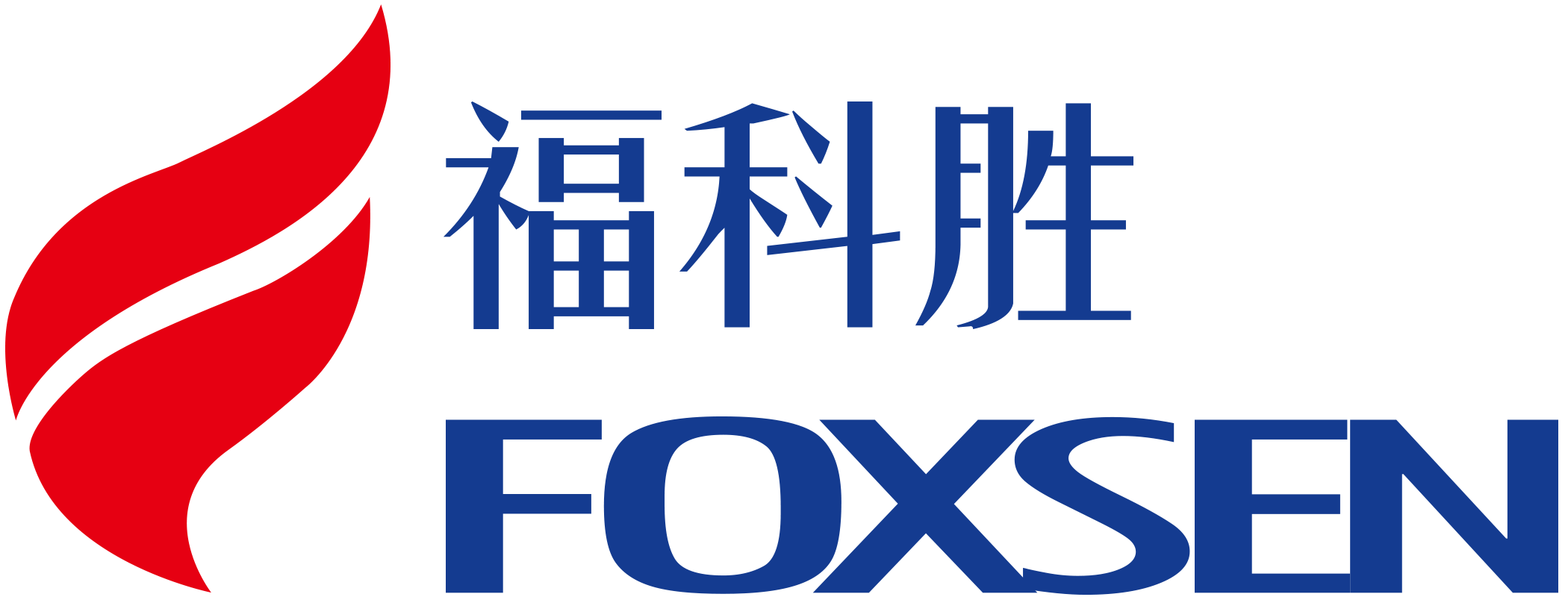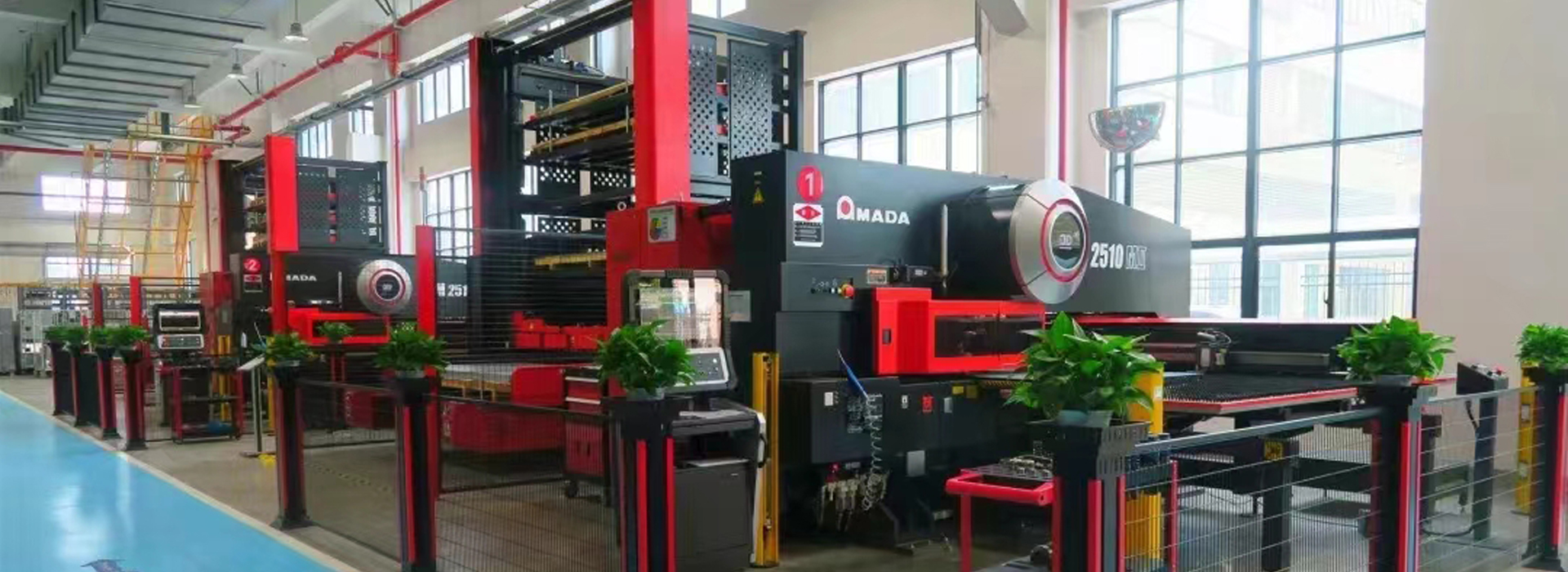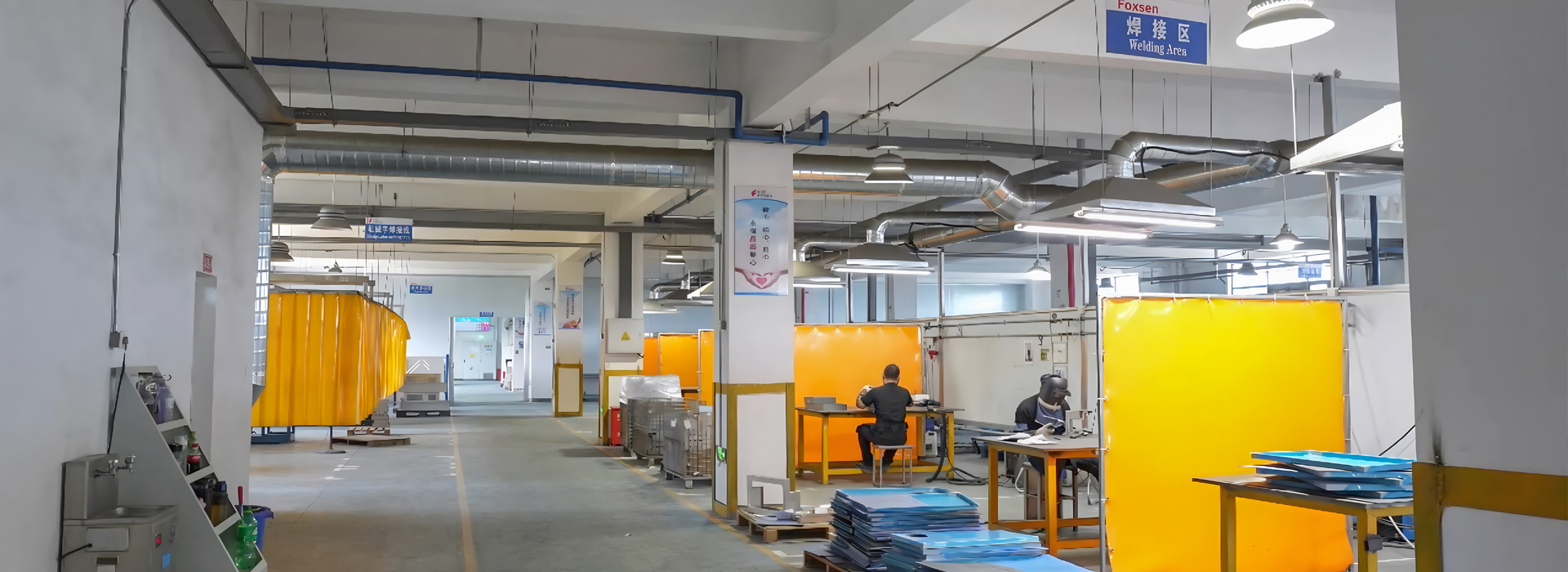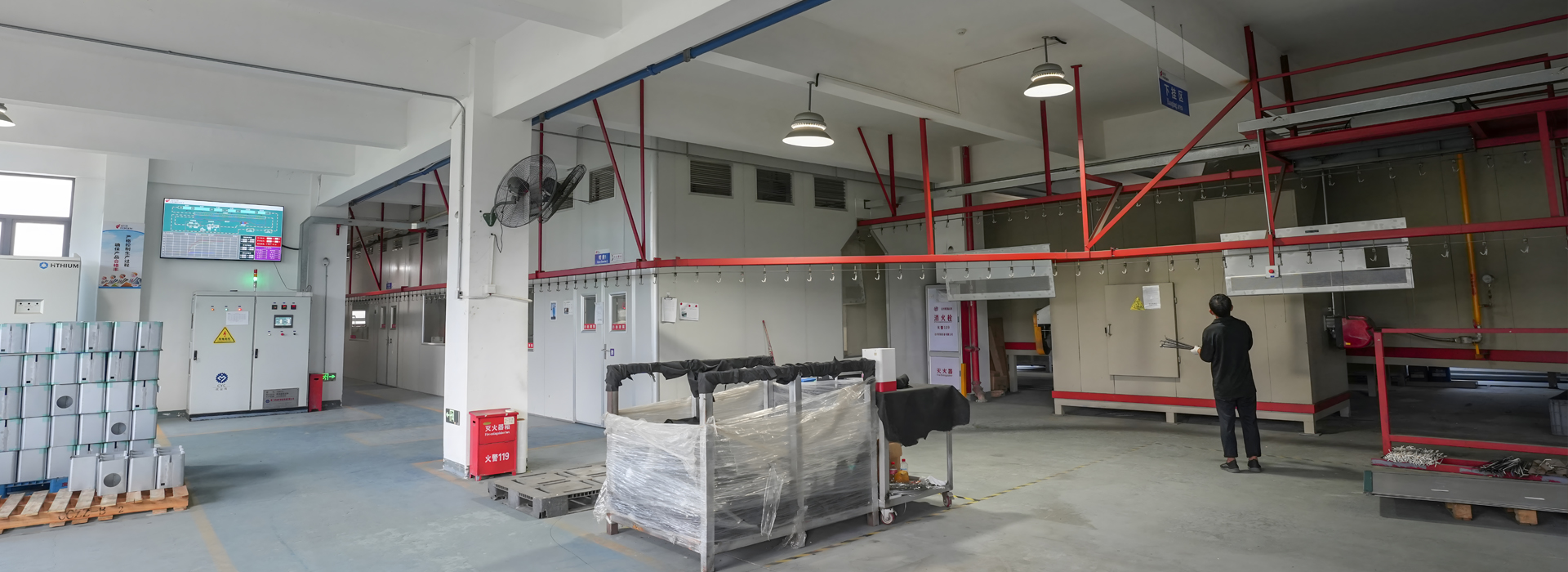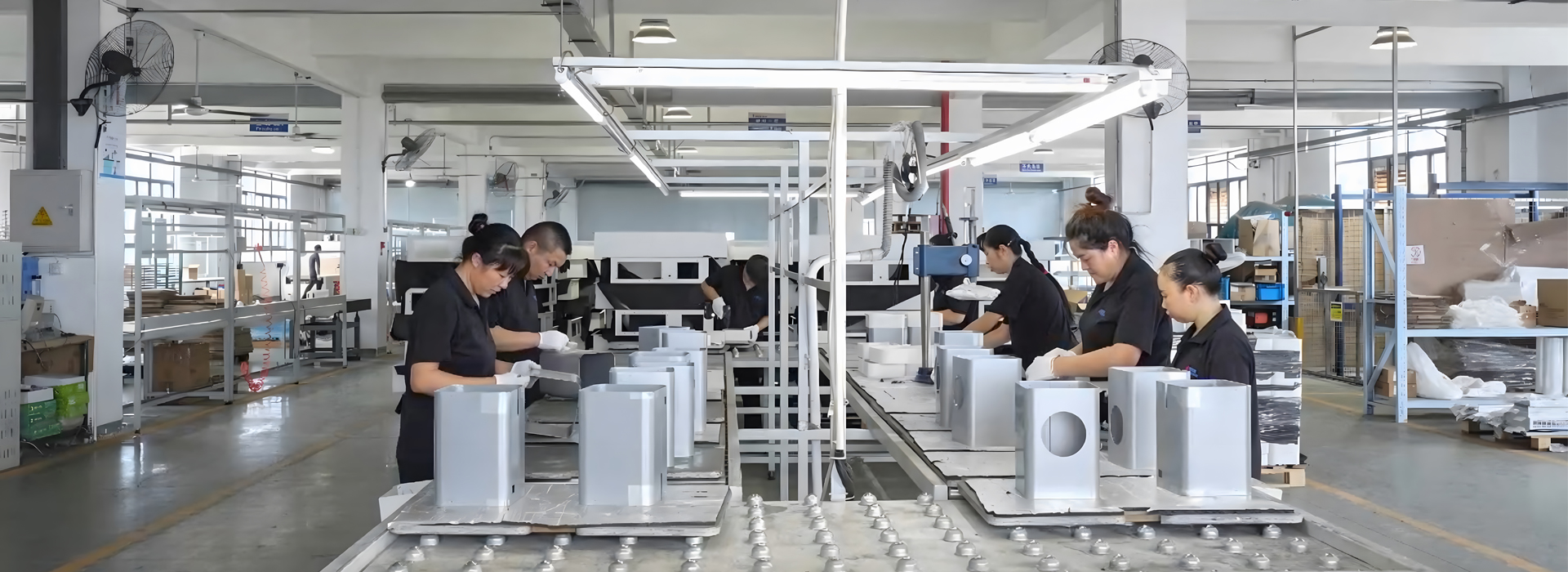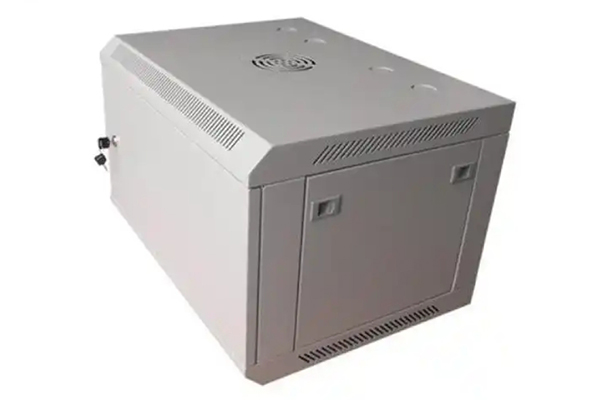
When it comes to modern manufacturing, sheet metal CNC punching plays a crucial role. Why? Because it delivers unmatched precision, speed, and cost-efficiency. Whether you're producing energy storage cabinets or architectural panels, CNC punching ensures every cut and hole is flawless.
It boosts productivity by automating repetitive tasks, reducing downtime, and eliminating frequent mold changes.
With advanced automation, you can handle multiple stamping tasks in just one setup, saving time and cutting costs.
Did you know? The CNC punching machine market was valued at $2.5 billion in 2023 and is projected to grow to $4.5 billion by 2032, with a 6.8% annual growth rate.
As industries demand more complex and high-quality components, adopting CNC punching technology ensures you stay competitive and ready for the future of fabrication.
Key Takeaways
CNC punching boosts work speed by automating tasks and saving time.
It works fast, doing up to 900 punches each minute to meet deadlines.
CNC punching makes parts accurate and the same every single time.
Automation helps cut down on wasted materials and lowers worker costs.
CNC punching can handle tricky designs and different materials, helping many industries.
Understanding Sheet Metal CNC Punching
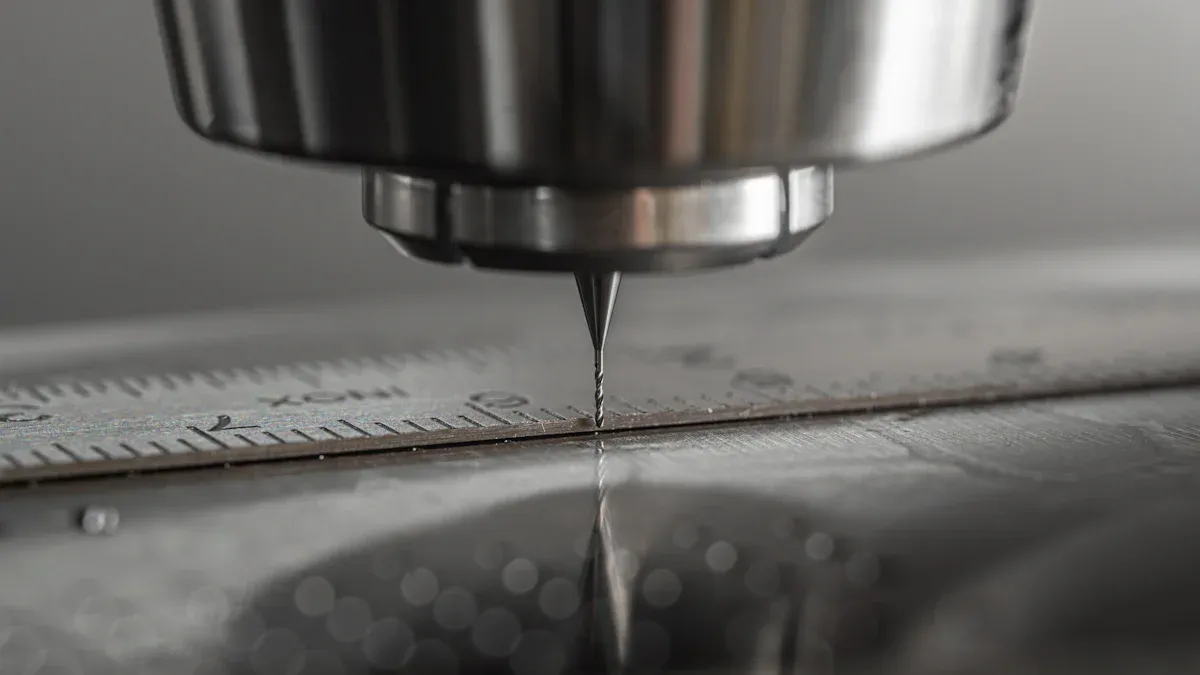
What Is CNC Punching?
CNC punching is a manufacturing process that uses computer-controlled machines to create holes, cutouts, and other features in sheet metal. It’s like having a robotic craftsman that follows your design instructions with incredible precision. This process is essential for creating parts used in industries like automotive, electronics, and construction.
Here’s how it works in a nutshell:
You start with a design that specifies where the holes and cutouts should go.
A CNC program translates this design into machine instructions using CAD/CAM software.
The machine uses a punch and die set to shape the metal, following the programmed sequence.
This method ensures accuracy, consistency, and efficiency, making it a cornerstone of modern fabrication.
How CNC Punching Machines Operate
Operating a CNC punching machine involves several steps, each designed to ensure flawless results. Here’s a breakdown of the process:
Design: Create a detailed engineering drawing with precise dimensions.
Program: Use software to define the punching sequence and tool paths.
Set up: Install the required punch and die sets, ensuring proper alignment.
Load: Secure the sheet metal on the machine bed.
Adjust: Configure settings like punch speed and stroke depth based on the material.
Run: Let the machine execute the punching cycles automatically.
Inspect: Check the finished parts for accuracy and quality.
Deburr: Smooth out any rough edges left by the punching process.
Unload: Remove the completed parts and clear out the scrap.
This step-by-step approach ensures that every piece meets your exact specifications.
Key Features of CNC Punching Technology
Modern CNC punching machines come packed with features that make them incredibly versatile and efficient. Here are some highlights:
Dual-frame construction improves accuracy and extends die life.
High-speed operation allows for faster production, with pressing speeds reaching up to 900 strokes per minute.
Rotary die devices expand the range of shapes you can create.
Automatic programming software simplifies complex designs with 3D modeling and data analysis.
Hydraulic systems replace mechanical drives for smoother operation.
Advanced servo motors enhance feeding speed and precision.
Automation and AI features reduce human intervention and optimize performance.
These innovations make CNC punching a go-to solution for handling complex designs and high-volume production.
Benefits of CNC Punching in Fabrication
Precision and Consistency in Production
When it comes to sheet metal CNC punching, precision and consistency are game-changers. You can trust CNC machines to deliver parts that meet exact specifications every time. This level of accuracy ensures your products fit perfectly, whether you're manufacturing intricate electronic components or large construction panels.
CNC punching machines follow strict quality control measures to maintain consistency. For example:
Dimensional tolerance inspections happen every two hours.
First article and in-process inspections keep the process stable.
Statistical analysis tools like SPC and CPK monitor production quality.
Fun fact: Foxsen's CNC punching systems adhere to ISO9001:2015 standards, ensuring top-notch quality for every project.
Advanced technologies also play a role. Machines use 2D projectors for critical dimension checks and automated systems for 100% size verification. These tools make sure every part meets your expectations. Plus, detailed inspection reports are archived for years, so you always have a record of quality.
Versatility for Complex Designs
CNC punching isn't just about precision—it's also incredibly versatile. You can create complex designs that traditional methods can't handle. Whether you're working on decorative architectural panels or intricate automotive parts, CNC punching machines make it possible.
Here’s why they’re so versatile:
They execute designs with high precision and minimal errors.
Multi-axis capabilities allow for complex shapes and patterns.
CAD/CAM software lets you turn 3D models into reality.
They work with various materials, from aluminum to advanced composites like UHPC and GRCP.
Foxsen's CNC punching machines take versatility to the next level. They can perform secondary operations like tapping, forming, and deburring, saving you time and money. Automation also reduces human intervention, so you can focus on innovation while the machine handles the hard work.
Faster Production and Reduced Downtime
Speed matters in fabrication, and CNC punching delivers. These machines operate at high speeds, completing up to 900 strokes per minute. That means you can produce more parts in less time, meeting tight deadlines without compromising quality.
CNC punching also minimizes downtime. With automated programming and tool changes, you can switch between tasks quickly. Foxsen's machines, for instance, handle multiple operations in one setup. This efficiency reduces production delays and keeps your projects on track.
Another advantage? CNC punching reduces waste. By optimizing material usage, you save on costs and contribute to sustainable manufacturing practices. It's a win-win for your business and the environment.
Did you know? Turret punches are more economical than laser cutters for many tasks, making them a cost-effective choice for high-volume production.
With CNC punching, you get speed, efficiency, and reliability—all essential for staying competitive in today’s fast-paced market.
Cost Savings Through Automation and Waste Reduction
When you think about saving money in sheet metal fabrication, automation is your best friend. It’s not just about speeding up production; it’s about cutting costs in ways you might not have considered. CNC punching machines are designed to do just that. They streamline operations, reduce waste, and minimize the need for manual labor—all while delivering top-notch results.
Let’s break it down. Automation eliminates human errors, which means fewer mistakes and less wasted material. Imagine a machine that follows your design perfectly every time. No reworks. No recalls. Just flawless parts. Plus, these machines optimize cutting paths to use every inch of material efficiently. That’s money saved on raw materials right there.
But the savings don’t stop at materials. Automation also boosts productivity. CNC punching machines work faster and smarter, reducing lead times and maximizing machine utilization. You can produce more parts in less time, which means lower operational costs. And because these machines require minimal human intervention, you save on labor expenses too. No need for a large team of skilled operators. The intuitive software makes training quick and easy, so you can get started without breaking the bank.
Here’s a closer look at how automation and waste reduction translate into cost savings:
These benefits make CNC punching machines a smart investment for any fabrication project. You’re not just saving money; you’re also improving efficiency and sustainability. By reducing waste, you’re contributing to greener manufacturing practices. And let’s face it—saving the planet while saving money is a win-win.
So, if you’re looking to stay competitive in today’s fast-paced market, automation is the way to go. It’s not just a trend; it’s the future of fabrication.
Comparing CNC Punching to Alternative Methods
CNC Punching vs. Laser Cutting
When deciding between CNC punching and laser cutting, it’s essential to understand their strengths. Both methods excel in sheet metal fabrication, but they shine in different areas. CNC punching is your go-to for high-volume production where speed and cost-efficiency matter most. It’s perfect for creating holes, cutouts, and even forming features like louvers or embossments—all in one setup. Laser cutting, on the other hand, offers unmatched precision for intricate designs and is ideal for materials that require clean, burr-free edges.
Here’s a quick comparison to help you decide:
Material Thickness: CNC punching works best for medium-thickness sheets, while laser cutting handles both thin and thick materials with ease.
Speed: For repetitive tasks and batch runs, CNC punching outpaces laser cutting.
Cost: CNC punching is more economical for large-scale projects, while laser cutting can be pricier due to higher energy consumption and maintenance.
Flexibility: Laser cutting excels in creating complex shapes, but CNC punching adds versatility with its ability to form profiles and perform secondary operations.
If your project involves high-volume production with standard shapes and features, CNC punching is the clear winner. But for intricate, one-off designs, laser cutting might be worth the investment.
Ideal Applications for CNC Punching
CNC punching isn’t just versatile—it’s indispensable across industries. Its ability to handle diverse materials and perform multiple operations makes it a favorite for manufacturers. Here are some real-world applications where CNC punching shines:
In the packaging industry, these machines create customized packaging solutions with precision and speed.
The construction sector relies on CNC punching for components like metal panels and steel frames, ensuring durability and accuracy.
With the rise of e-commerce, CNC punching helps produce aesthetically pleasing and functional packaging to meet growing demand.
Whether you’re crafting decorative architectural panels or manufacturing durable automotive parts, CNC punching delivers the precision and efficiency you need.
Balancing Cost, Speed, and Accuracy in Fabrication
Balancing cost, speed, and accuracy is a constant challenge in fabrication. CNC punching strikes the perfect balance, offering a cost-effective solution without compromising on quality or speed. Let’s break it down:
Dimensional Accuracy: CNC punching achieves tolerances as tight as ±0.005 mm, ensuring your parts meet exact specifications.
Material Waste: Unlike subtractive methods like CNC machining, punching minimizes waste by optimizing material usage.
Machining Time: For simple shapes and repetitive tasks, CNC punching completes jobs faster than most alternative methods.
Cost Considerations: CNC punching is more affordable for high-volume production, making it ideal for batch runs and large-scale projects.
Here’s a quick comparison of CNC punching versus other methods:
By choosing CNC punching, you’re not just saving money—you’re also gaining speed and precision. It’s a smart choice for manufacturers who want to stay competitive in today’s fast-paced market.
Applications of Sheet Metal CNC Punching
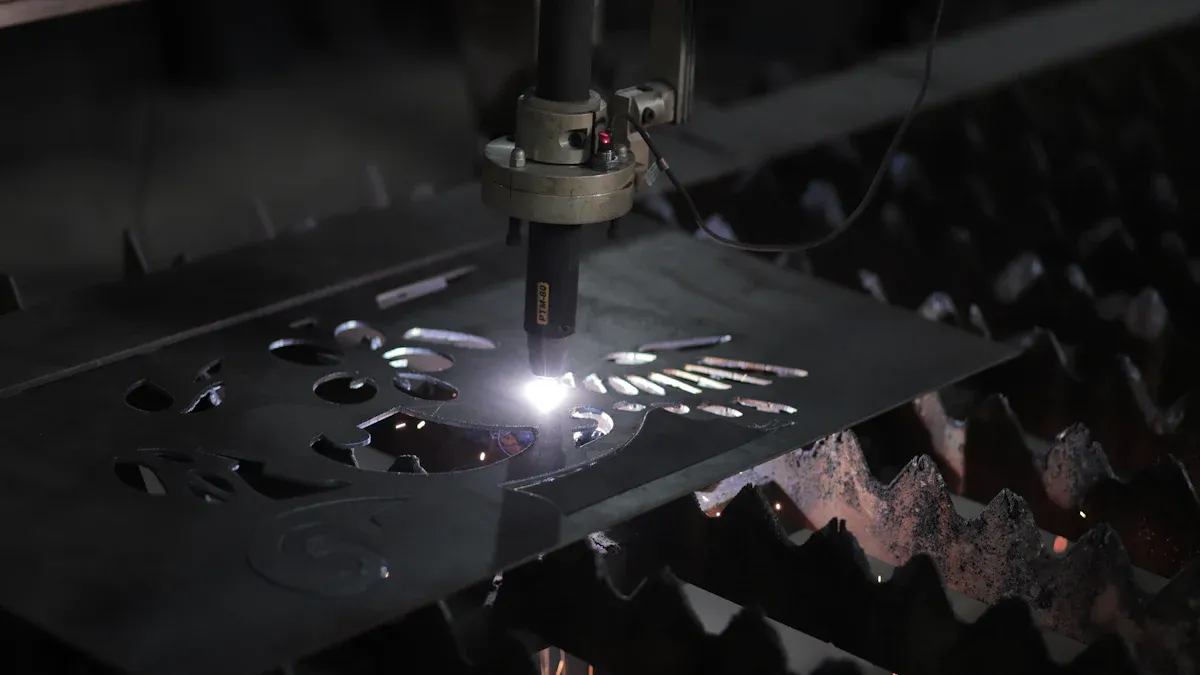
Automotive and Aerospace Industries
CNC punching plays a pivotal role in the automotive and aerospace sectors. These industries demand precision, durability, and efficiency, and CNC punching delivers on all fronts. For automotive manufacturers, it’s essential for creating lightweight yet strong components like brackets, panels, and reinforcements. Aerospace applications require even tighter tolerances, as safety and performance depend on flawless parts.
The scalability of CNC punching makes it ideal for these industries. Modern machines allow you to produce high volumes of parts without compromising quality. They also handle diverse materials, from aluminum to advanced composites, ensuring compatibility with the latest innovations in lightweight design. With streamlined workflows and customizable settings, you can adapt production to meet evolving industry standards.
Fun fact: The rising demand for lightweight and high-strength materials in automotive and aerospace sectors has driven the adoption of CNC punching technology.
Electronics and Consumer Goods Manufacturing
In electronics and consumer goods, CNC punching ensures precision and consistency for intricate designs. Whether you’re manufacturing circuit boards, enclosures, or decorative metal stamping for appliances, CNC punching offers unmatched accuracy. The ability to handle thin materials and create complex patterns makes it indispensable for these industries.
The market for CNC punching machines reflects this growing demand. In 2023, it was valued at $4.7 billion, with a projected CAGR of 6.2% from 2024 to 2030. This growth is fueled by advancements in automation and precision manufacturing. By adopting CNC punching, you can stay ahead in a competitive market while meeting the demand for high-quality, innovative products.
Key benefits for electronics and consumer goods:
High-speed production for large-scale manufacturing.
Minimal waste, reducing material costs.
Versatility to handle various metals and designs.
Construction and Architectural Metalwork
CNC punching transforms construction and architectural metalwork by enabling intricate designs and efficient production. You can create decorative panels, perforated sheets, and structural components with ease. The process supports artistic patterns on metal composites, enhancing aesthetic appeal in modern architecture.
Specific guidelines ensure effective implementation. For example, maintaining a minimum punch diameter of 4 mm and limiting perforated areas to 35% of the panel’s surface area ensures structural integrity. These metrics highlight the precision and reliability of CNC punching in architectural applications.
The demand for coil-fed punching machines in construction underscores the need for precision and efficiency. Automated systems streamline production, allowing you to meet tight deadlines without sacrificing quality. Whether it’s for skyscrapers or residential projects, CNC punching delivers the versatility and performance you need.
CNC punching has revolutionized modern sheet metal fabrication by combining precision, efficiency, and cost-effectiveness. Its ability to handle intricate designs and high production volumes makes it a cornerstone for industries like automotive, aerospace, and construction. With an average ROI of just 18 months and up to 40% scrap reduction, it’s clear why manufacturers rely on this technology. Future trends, such as AI integration and smart factory adoption, promise even greater advancements. By embracing CNC punching, you position your business to meet growing demands while staying competitive in a rapidly evolving market.
Case in Point: A North American fabricator increased versatility and reduced costs by integrating CNC turret punch presses, proving its value across diverse applications.
FAQ
What makes CNC punching different from traditional die cutting?
CNC punching uses computer-controlled precision to create holes and shapes in sheet metal, while traditional die cutting relies on manual or mechanical processes. This automation ensures greater accuracy and consistency, which are key factors influencing die cutting accuracy in modern fabrication.
Can CNC punching handle complex designs?
Absolutely! CNC punching excels at creating intricate patterns and shapes. Its multi-axis capabilities and CAD/CAM software allow you to bring even the most complex designs to life with ease and precision.
Why is CNC punching important for high-volume production?
CNC punching automates repetitive tasks, reducing downtime and speeding up production. This efficiency makes it ideal for high-volume projects, where maintaining quality and meeting tight deadlines are critical.
How does CNC punching contribute to cost savings?
CNC punching minimizes material waste by optimizing cutting paths. It also reduces labor costs through automation. These factors, combined with its speed and precision, make it a cost-effective solution for sheet metal fabrication.
What role does CNC punching play in die cutting?
CNC punching highlights the importance of die cutting by offering unmatched precision and versatility. It ensures that every cut and hole meets exact specifications, making it a cornerstone of modern manufacturing.
